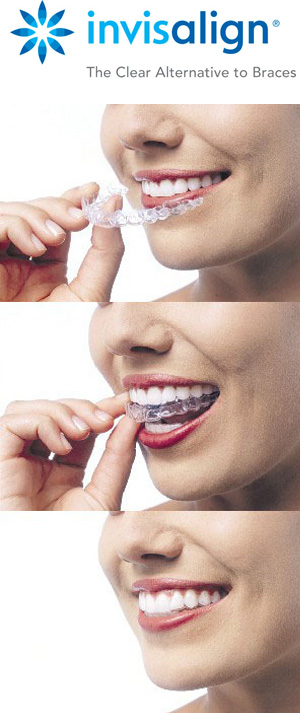December 5th, 2019

It’s that time of year to start thinking about protecting yourself and your family from the flu. Here are some simple steps you can take to help yourself avoid colds and the flu this season.
• Wash your hands before and after brushing
• Allow the brush to air dry after each use, harmful bacteria dies after being exposed to oxygen
• Store the toothbrush in an upright position to allow water to drain and dry faster
• Replace toothbrush after every cold or flu or every 3-4 months when bristles appear worn
To promote a healthy and clean environment, our team gives a great deal of attention to sanitation and sterilization in our office at all times, as well as following all requirements for sterilizing instruments and work surfaces.
For the protection of other patients and our staff, we always ask that patients reschedule their appointments if they have any type of cold or illness that can infect others. We hope this helps and give us a call if you have any questions!
Stay healthy this winter!!
November 21st, 2019
Holidays can feel like a challenge with braces, especially if this is your first holiday season with them.

With Thanksgiving coming up next week, we made a short list of holiday food favorites that are safe for you to eat; as well as ones to avoid when you have braces.
These should be safe for you to eat with braces:
- Ham and/or Turkey
- Corn: this can be tricky, while you shouldn’t have corn on the cob, cream corn is fine
- Sweet Potatoes
- Mashed Potatoes
- Stuffing (as long as there are no nuts or crunchy foods hidden within it)
- Green beans (with the same warning to be on the look out for crunchy items in casseroles)
- Most desserts are safe as long as they aren’t too crunchy or have anything to sticky like caramel etc on them.
Here are some foods to avoid this holiday season, and the rest of the year!
- Caramel (as mentioned above)
- Popcorn
- Chips
- Nuts
Enjoy a wonderful Thanksgiving!
November 12th, 2019
Join Kennell Ortho, along with the Salvation Army in keeping kids and families warm this winter!

November 5th, 2019
 There are many options for straightening teeth and the decision of one treatment over another can be overwhelming. Which treatment is best? Which will fit your lifestyle? Which can you afford and maximizes treatment time? All these questions can be answered by Dr. Kennell and his Kennell Orthodontics team! One type of treatment offered by Dr. Kennell is Invisalign. This revolutionary approach uses aligners that are clear, smooth and plastic - versus brackets and wires bonded to your teeth. This treatment offers the convenience of an orthodontic treatment without interfering with your appearance. Check out bracesinfo.com/invisalign for more information and contact Kennell Orthodontics today to discuss whether Invisalign is right for you!!!
There are many options for straightening teeth and the decision of one treatment over another can be overwhelming. Which treatment is best? Which will fit your lifestyle? Which can you afford and maximizes treatment time? All these questions can be answered by Dr. Kennell and his Kennell Orthodontics team! One type of treatment offered by Dr. Kennell is Invisalign. This revolutionary approach uses aligners that are clear, smooth and plastic - versus brackets and wires bonded to your teeth. This treatment offers the convenience of an orthodontic treatment without interfering with your appearance. Check out bracesinfo.com/invisalign for more information and contact Kennell Orthodontics today to discuss whether Invisalign is right for you!!!




